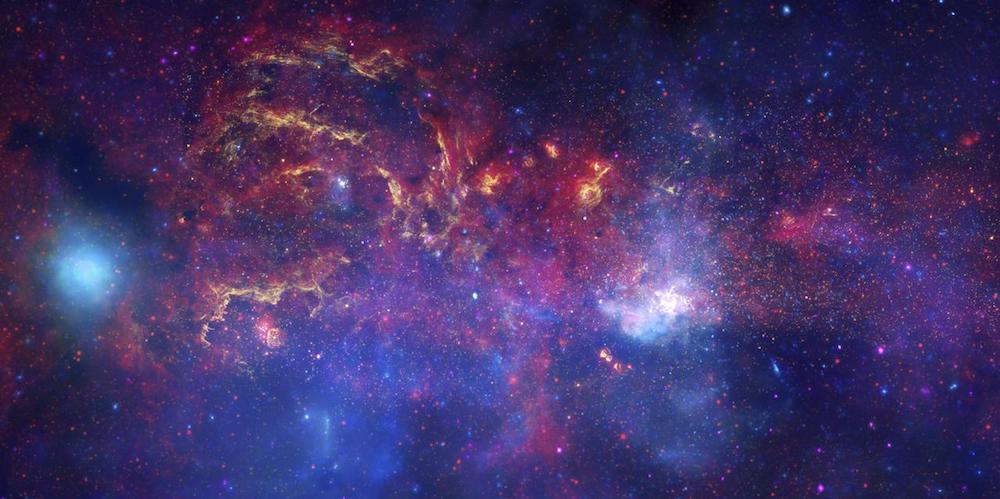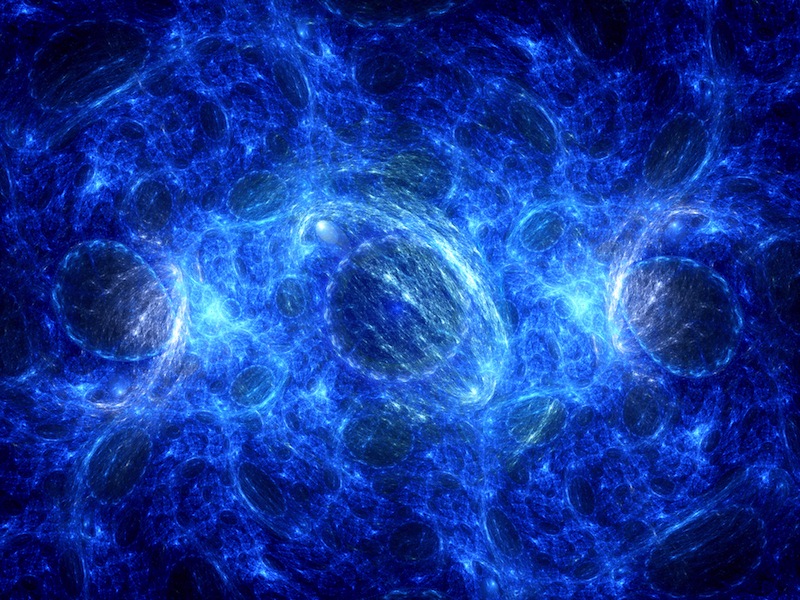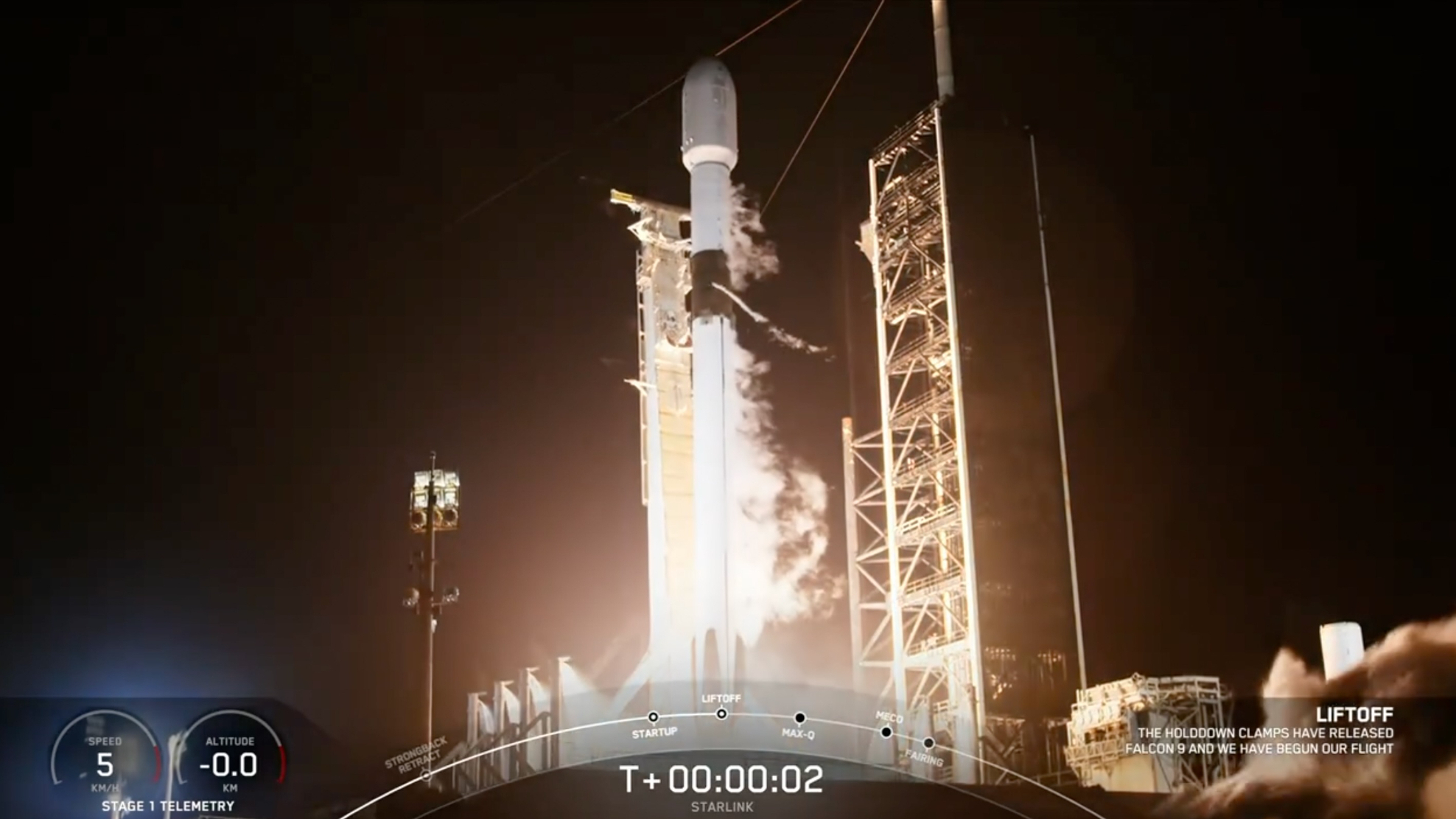
Mara Johnson-Groh
Mara Johnson-Groh is a contributing writer for Live Science. She writes about everything under the sun, and even things beyond it, for a variety of publications including Discover, Science News, Scientific American, Eos and more, and is also a science writer for NASA. Mara has a bachelor's degree in physics and Scandinavian studies from Gustavus Adolphus College in Minnesota and a master's degree in astronomy from the University of Victoria in Canada.
Latest articles by Mara Johnson-Groh

1st matter in the universe may have been a perfect liquid
By Mara Johnson-Groh published
Scientists have recreated the first matter that appeared after the Big Bang in the Large Hadron Collider.

These weird lumps of 'inflatons' could be the very first structures in the universe
By Mara Johnson-Groh published
An ultra-high-resolution simulation of a tiny slice of the universe — a million times smaller than a proton — has revealed the very first structures to ever exist.
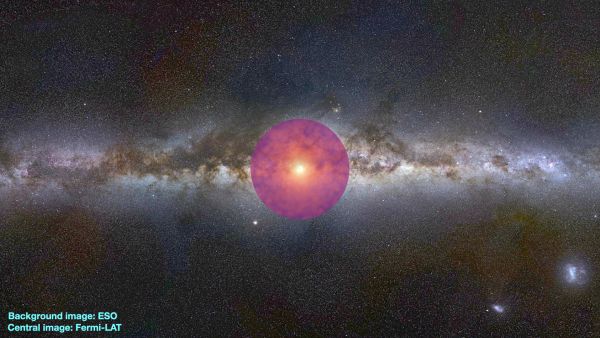
Dark matter 'annihilation' may be causing the Milky Way's center to glow
By Mara Johnson-Groh published
A new study suggests that annihilating dark matter particles may explain the Milky Way center's mysterious glow.
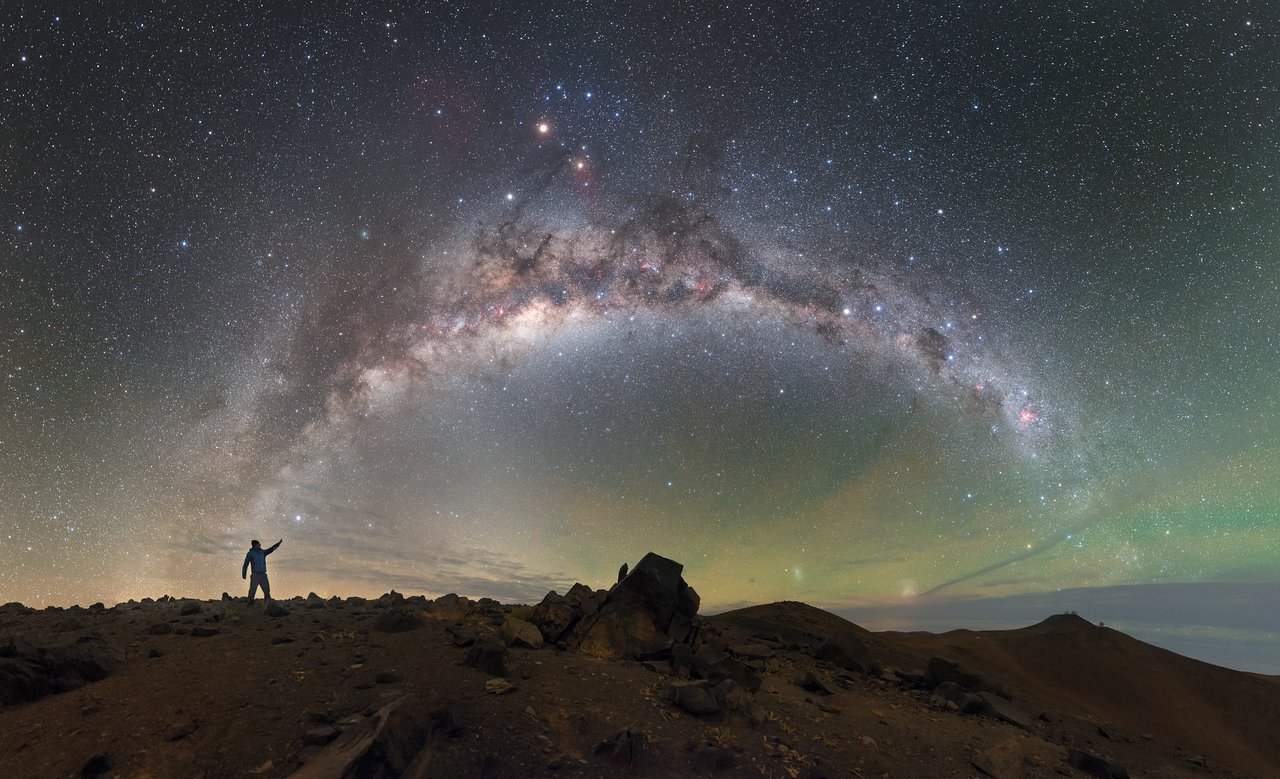
Astronomers find the 'safest place' to live in the Milky Way
By Mara Johnson-Groh published
Astronomers have searched the entire Milky Way to identify the safest places to live. It turns out, we're in a pretty good spot.
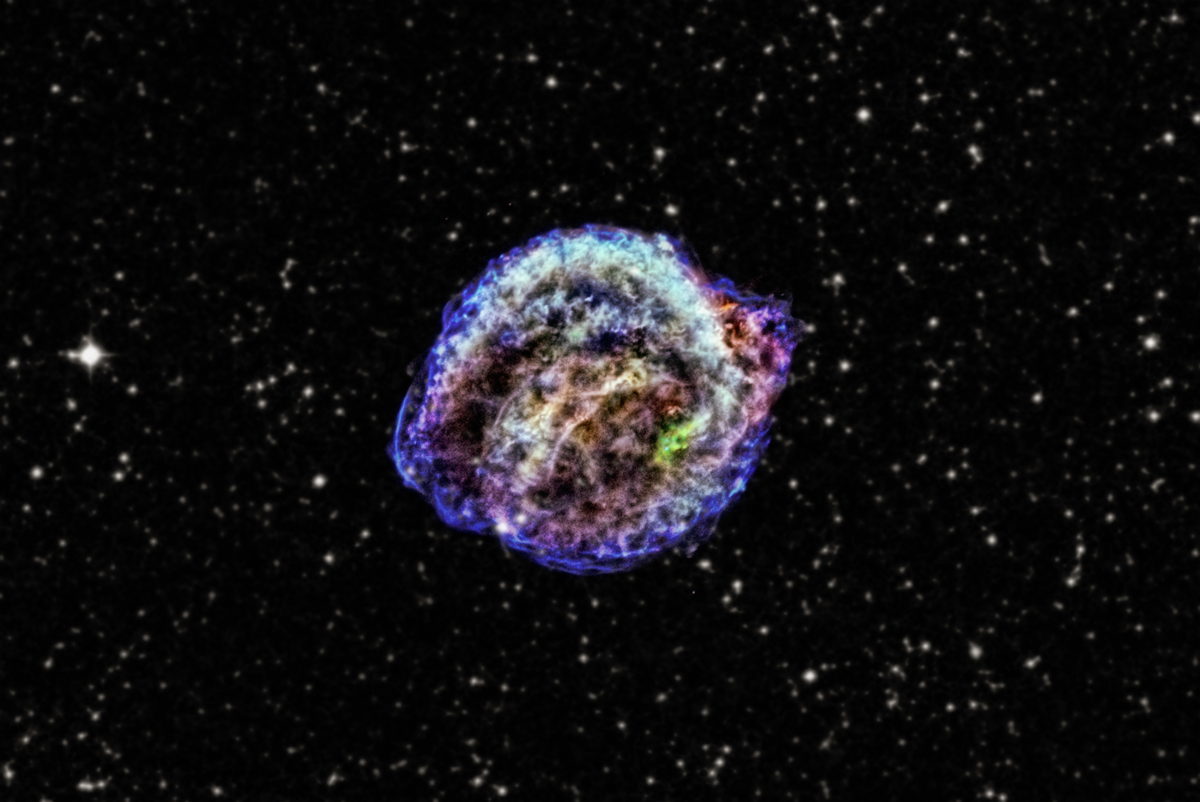
Radioactive 'snowflakes' act like the tiniest nuclear bombs in the universe
By Mara Johnson-Groh published
Tiny snowflakes of radioactive uranium that trigger massive nuclear blasts might explain some of the universe's more mysterious star explosions.

Twisted light from the beginning of time could reveal brand-new physics
By Mara Johnson-Groh last updated
A new study on the rotation of the universe's first light could suggest physicists need new rule-breaking subatomic particles
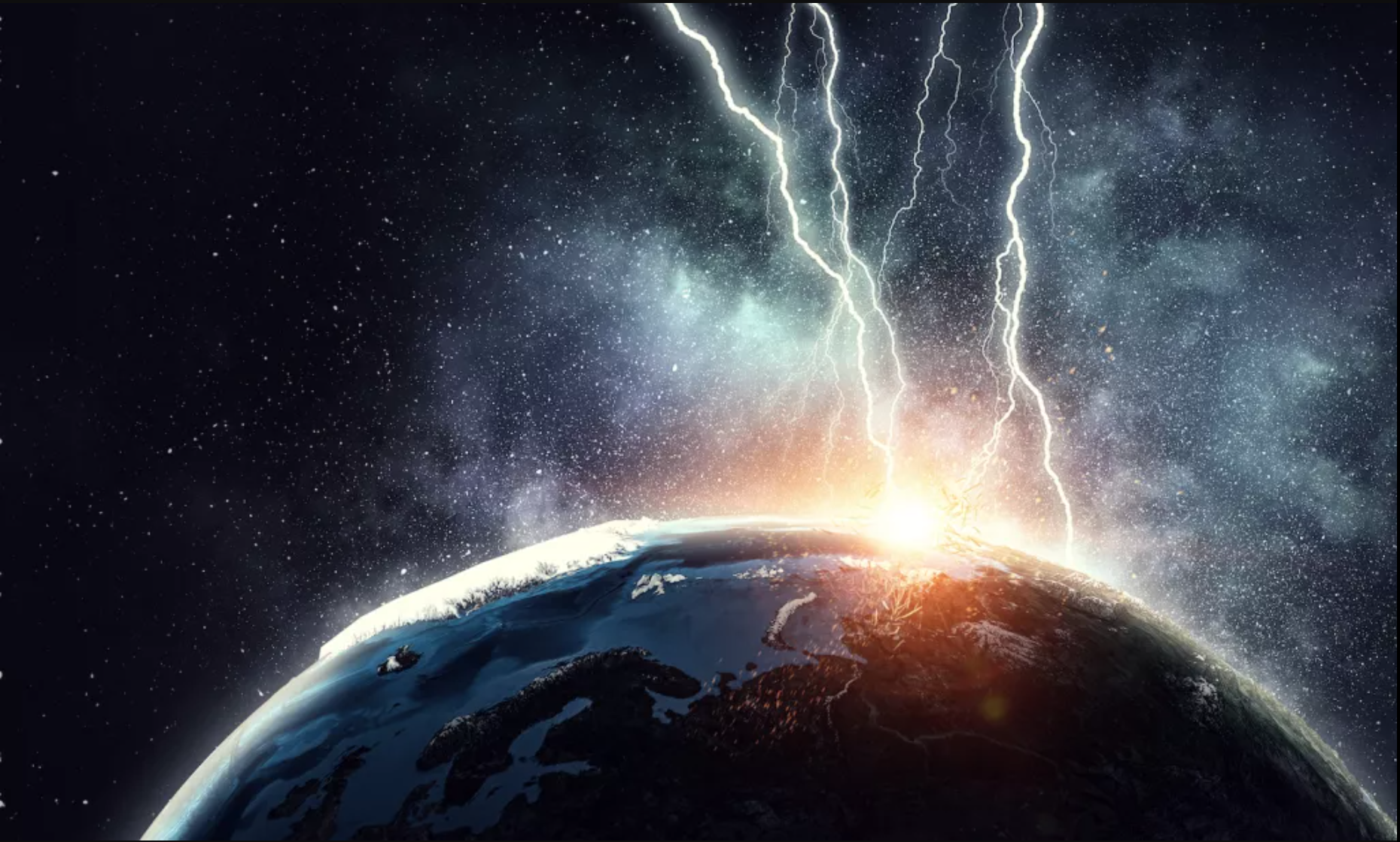
The electric hum of life may have originated with primordial lightning
By Mara Johnson-Groh published
A low-frequency hum in our cells syncs may have synced with ancient sky bolts.
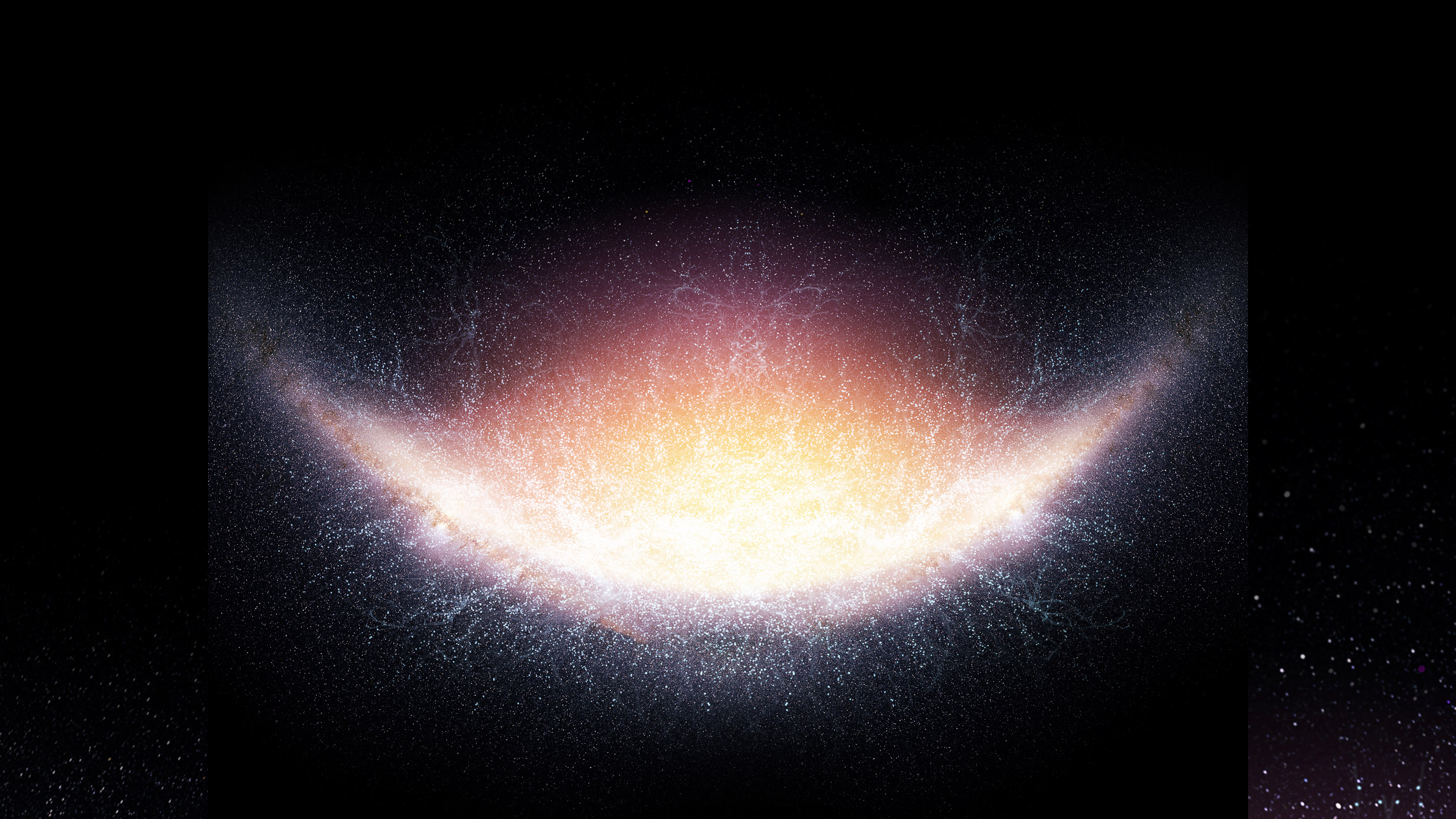
4 mysterious objects spotted in deep space are unlike anything ever seen
By Mara Johnson-Groh published
Astronomers have discovered four faint objects that at radio wavelengths are highly circular and brighter along their edges. And they're unlike any class of astronomical object ever seen before.
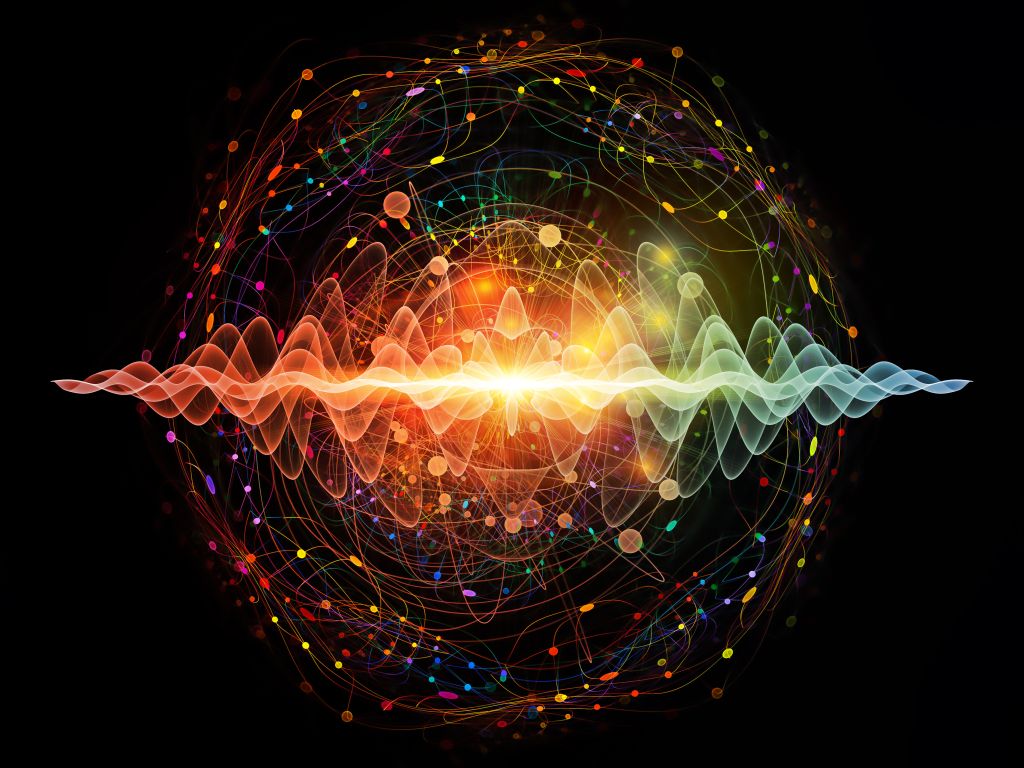
Mysterious 'Particle X17' Could Carry a Newfound Fifth Force of Nature, But Most Experts Are Skeptical
By Mara Johnson-Groh published
It would rewrite the Standard Model of physics.
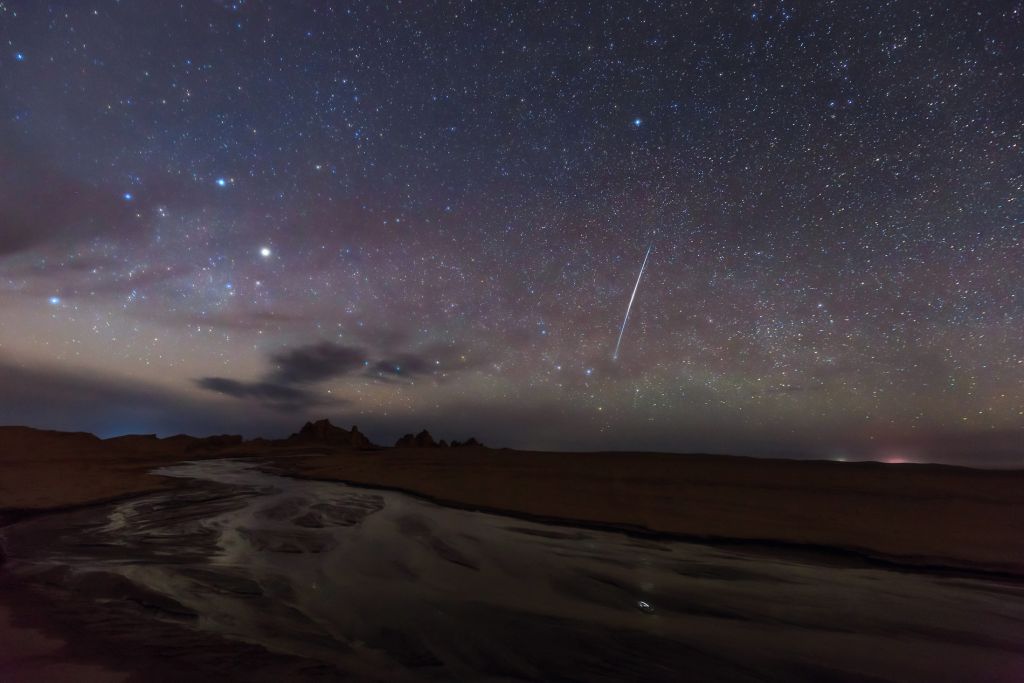
Astronomers See Stars Slinging Comets at Earth for the First Time
By Mara Johnson-Groh published
For the first time, a Polish group has identified two nearby stars that seem to have plucked up their icy partners, swinging them into orbits around our sun.
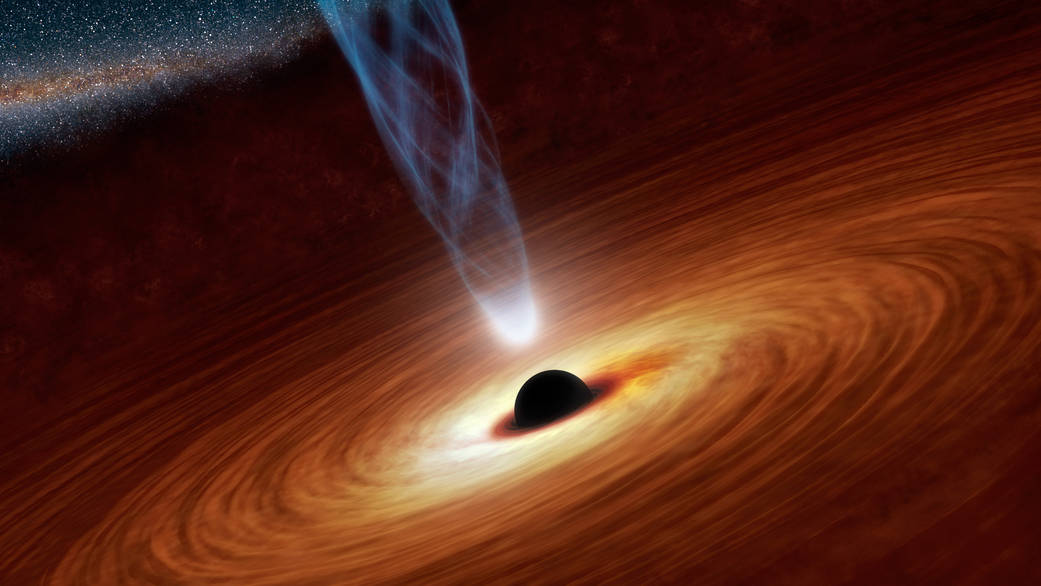
Black Holes As We Know Them May Not Exist
By Mara Johnson-Groh published
Black holes may not have singularities at their heart, but instead may be stuffed with dark energy.
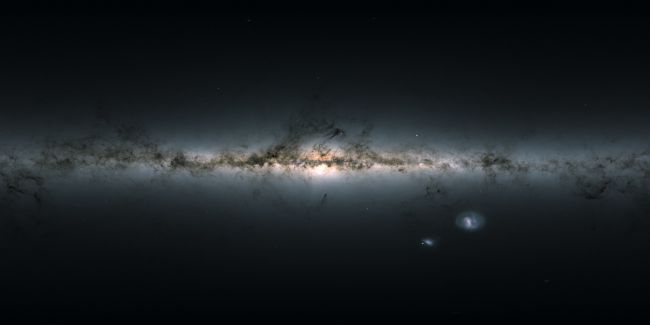
Astronomers Baffled by 'Cosmic Mountain Ranges' Jutting Through the Milky Way
By Mara Johnson-Groh published
Astronomers are learning that in some regions of our galaxy, stars have clumped into features that resemble ones on Earth — streams, waves, arches and mountain ridges.
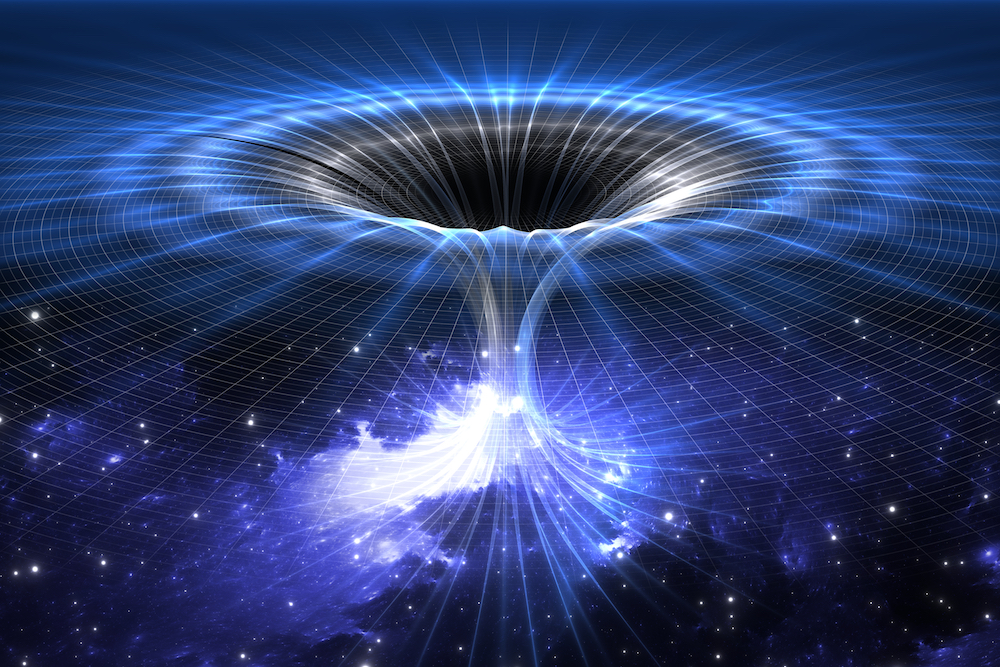
Sending Even a Tiny Message Through a Black Hole Would Make It Evaporate
By Mara Johnson-Groh published
Sending a carrier pigeon across the cosmos would probably be a more reliable way to send a message.

What Happens in Intergalactic Space?
By Mara Johnson-Groh published
It's not just a void of empty space.
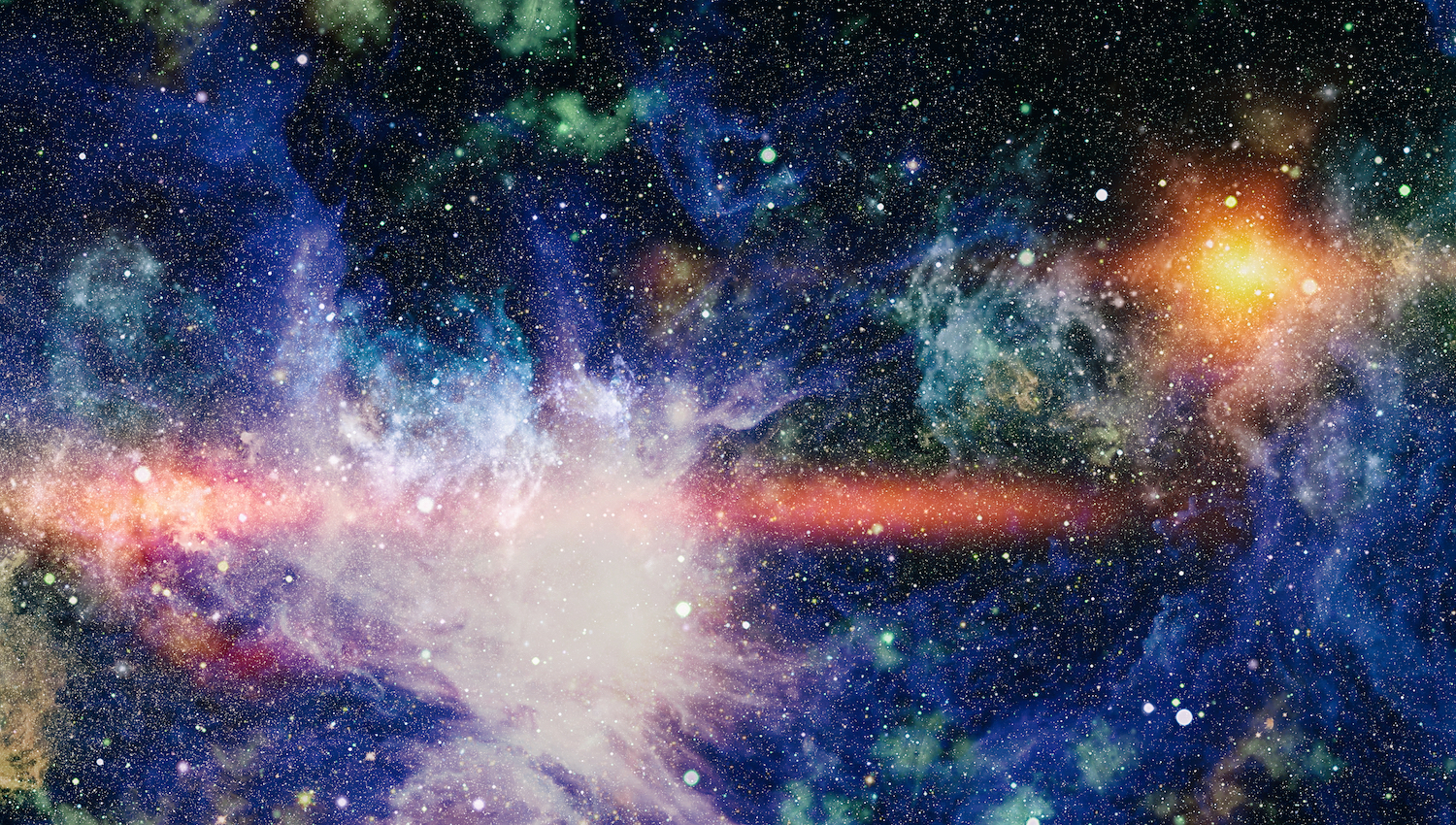
Does the Universe Rotate?
By Mara Johnson-Groh published
If you look around space, you'll notice a lot of things — the planets, stars, moons, even the galaxy itself — have one thing in common: they're spinning. So, is the universe spinning, too?
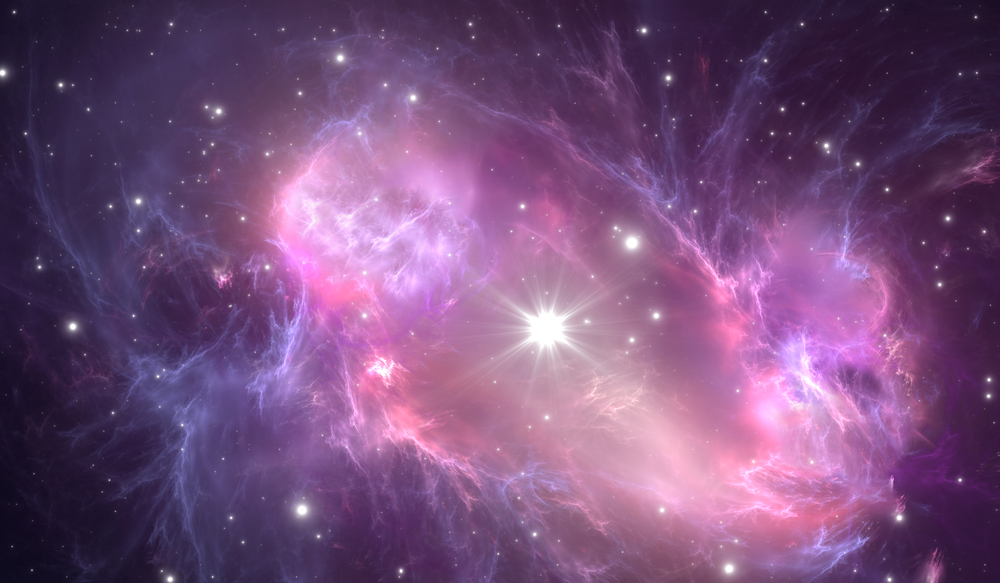
Exotic 'Early Dark Energy' Could Be the Missing Link That Explains the Universe's Expansion
By Mara Johnson-Groh published
Measures of the universe's expansion taken from different sources don't match. An exotic form of dark energy particles could be the reason why.
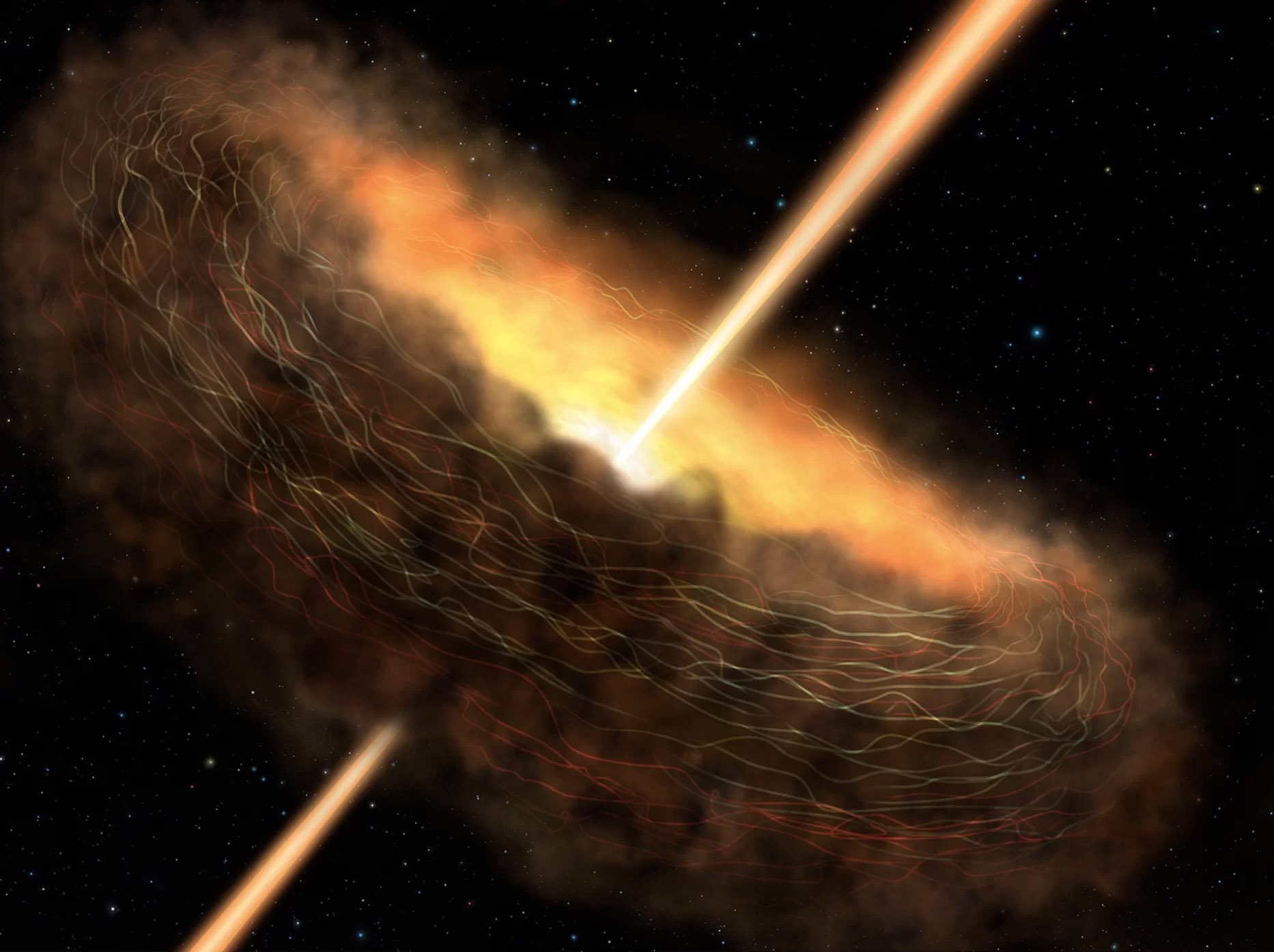
Voracious Black Holes Could Feed Alien Life on Rogue Worlds
By Mara Johnson-Groh published
Black holes are engines of destruction on a cosmic scale, but they may also be the bringers of life.

If There Were a Time Warp, How Would Physicists Find It?
By Mara Johnson-Groh published
It may sound like the stuff of science fiction, but scientists have already detected a time warp.
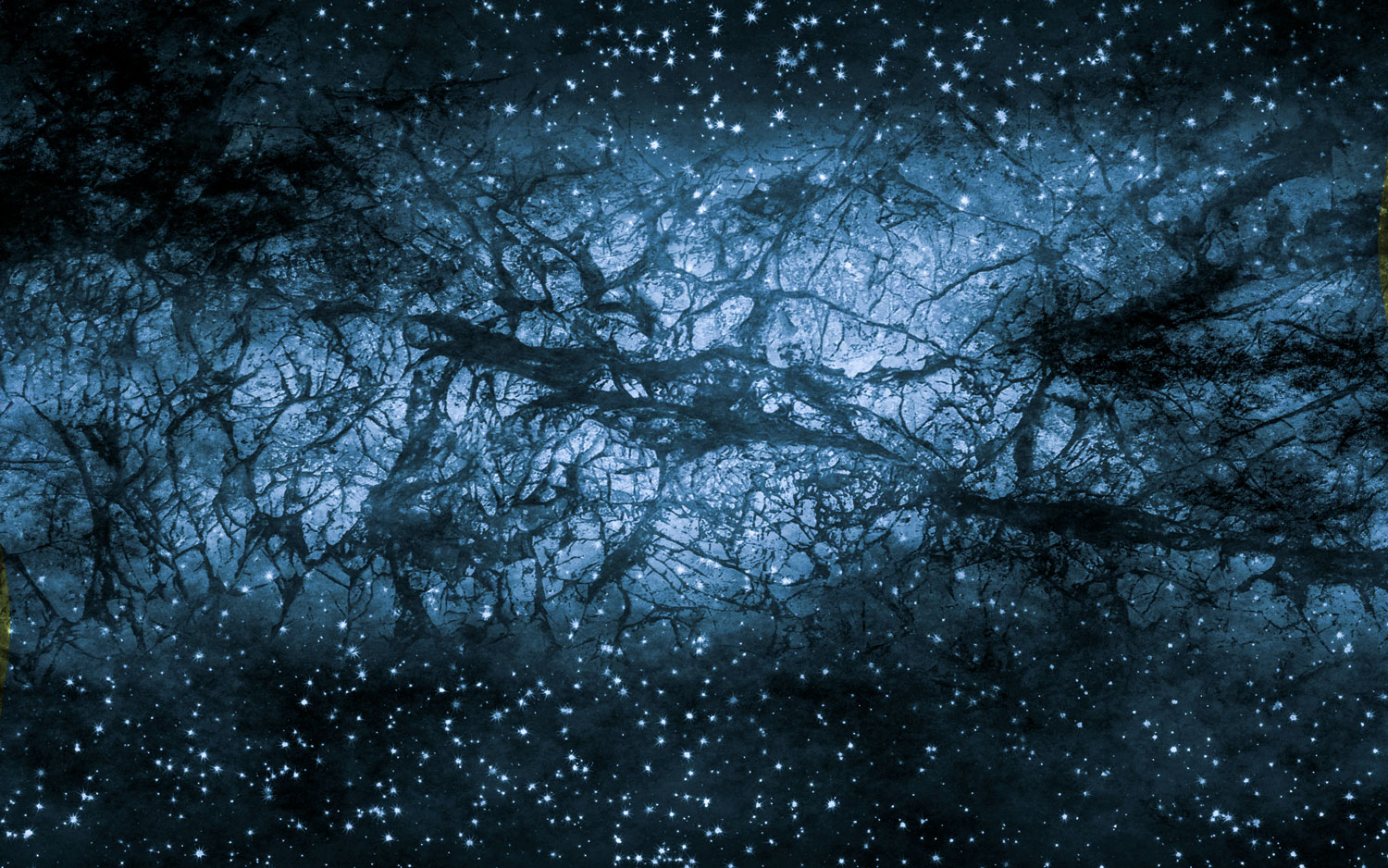
Is Dark Matter Fuzzy?
By Mara Johnson-Groh published
These particles would be much tinier than electrons.
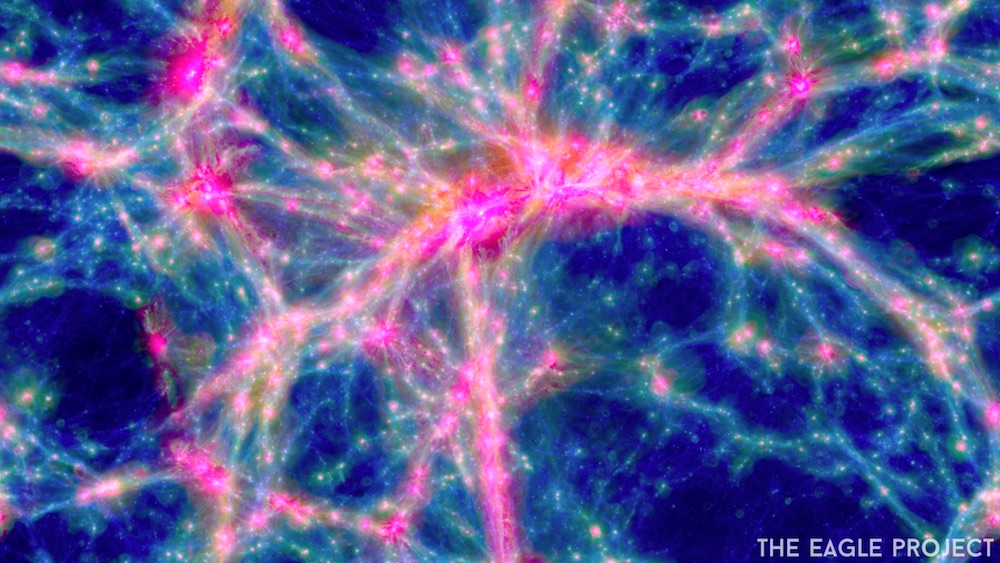
Neutrinos Entangled in the Cosmic Web May Change the Structure of the Universe
By Mara Johnson-Groh published
The neutrinos enmeshed in the vast cosmic web could provide a glimpse of the earliest observable moment after the Big Bang.
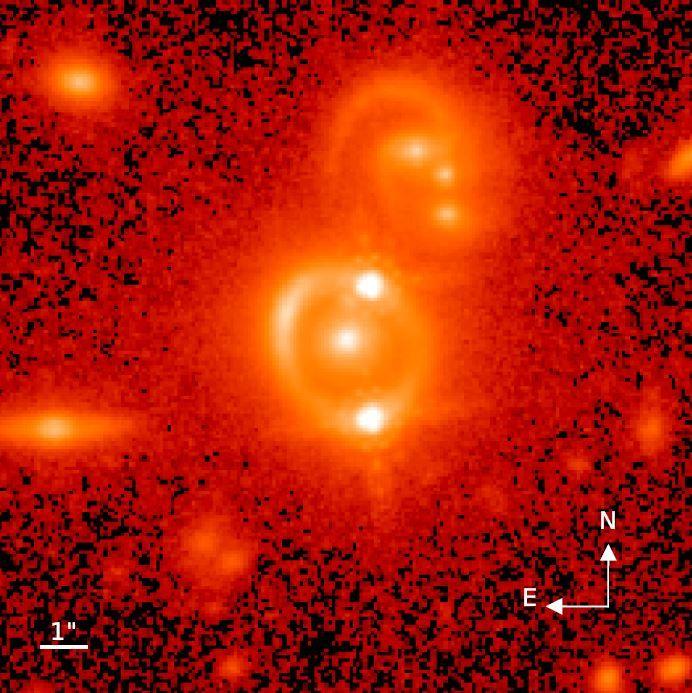
Something Is Not Quite Right In the Universe, Ultraprecise New Measurement Reveals
By Mara Johnson-Groh published
A super-precise measurement of one of the fundamental constants of the universe suggests it's expanding faster now than it was in its early years.
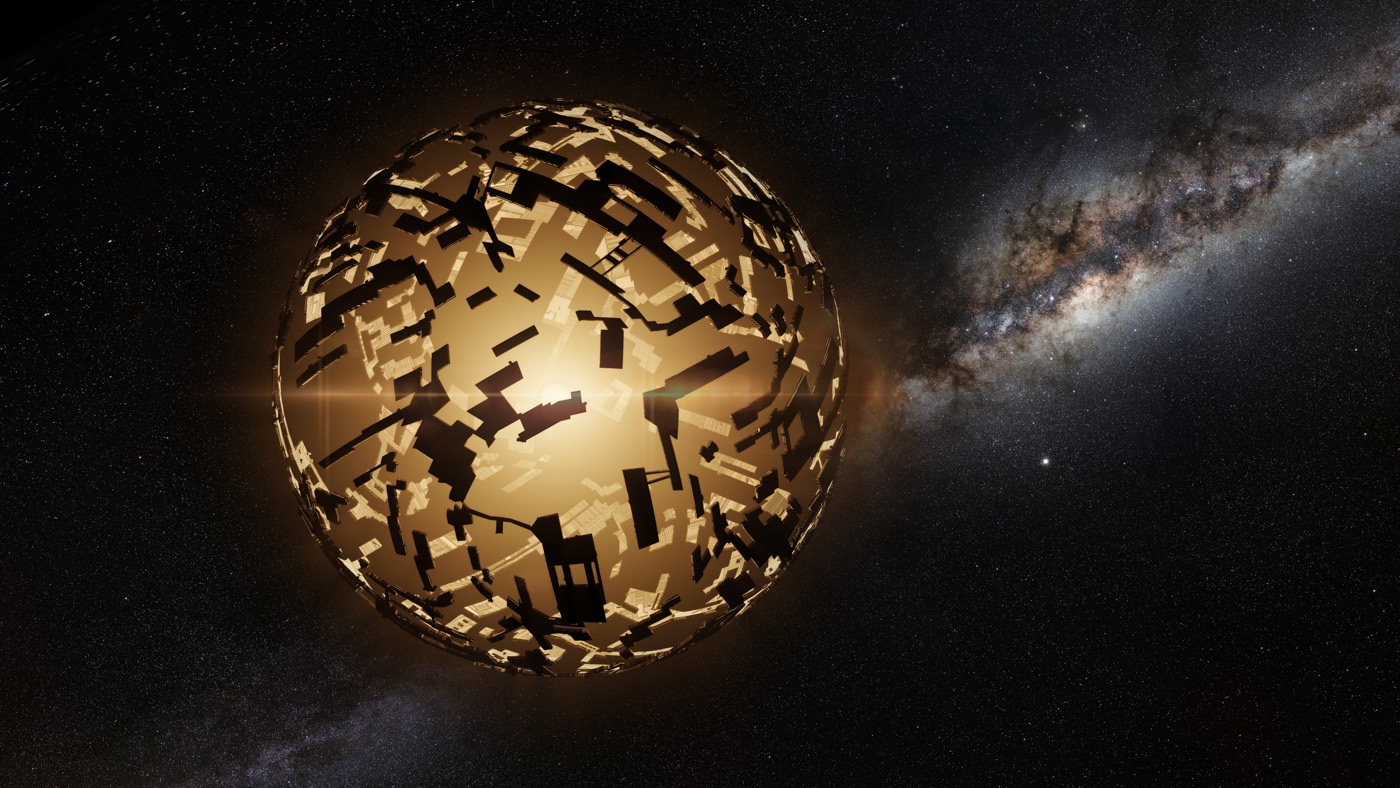
If Aliens Are Causing Weird Dimming of 'Tabby' Star,' They Aren't Using Lasers to Do It
By Mara Johnson-Groh published
The evidence for aliens around one of the weirdest stars in our galaxy — Boyajian's star — is not looking promising.
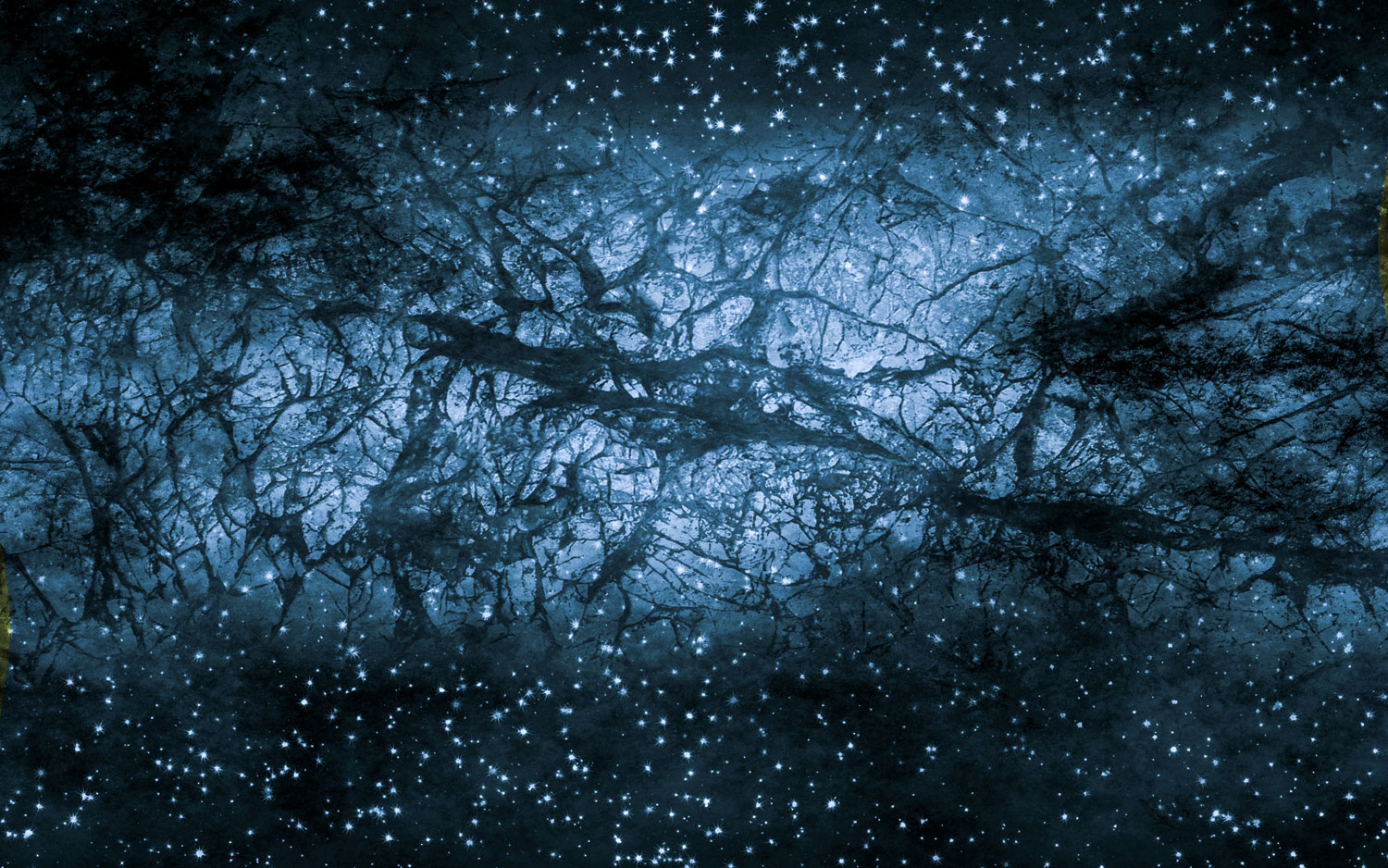
Scientists Find the 'Missing' Dark Matter from the Early Universe
By Mara Johnson-Groh published
Past studies suggested there was less dark matter earlier on in the universe’s history.
Get the Space.com Newsletter
Breaking space news, the latest updates on rocket launches, skywatching events and more!
